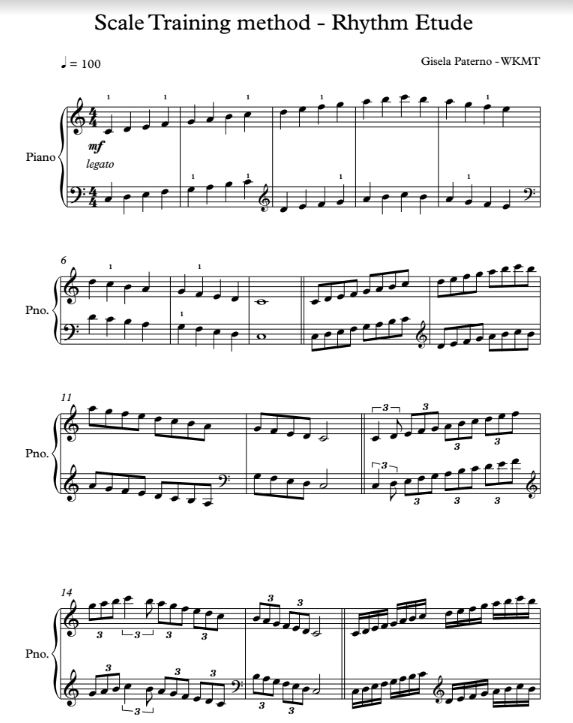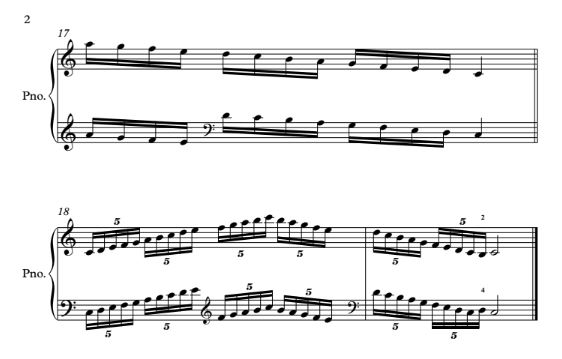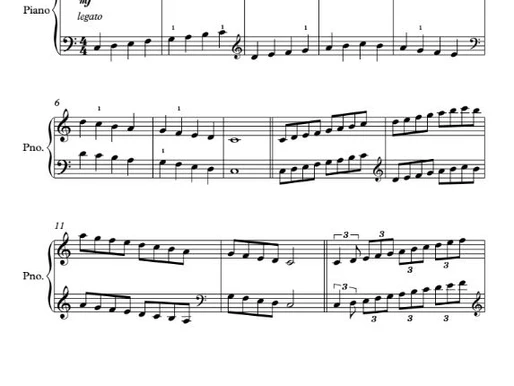Uncategorized
A Musical Approach for Studying Scales


Let’s be honest… Scales are boring to practice.
Whenever we sit at the piano we generally want to dive into our lovely pieces and make them perfect, but when it comes to practice scales, things change dramatically; often we find ourselves finding the perfect excuse to NOT finding any time left to devote to them.
The most common problem is that we have a very hard time finding any musical intention to connect with them, although they are the most effective and important foundation to develop a solid technique. But what is to play something “musically” anyway?
There are more than just notes when we play music. A piece is the result of many layers overlapped, like dynamics, articulation, rhythm and pitch. When you practice scales you generally isolate the pitch and articulation parameter: we usually play legato with a fixed pattern of notes (scales). But in order to play “musically”, we could add the dynamic and rhythmic parameter in our practice. It is paramount to raise the awareness that all those parameters have to be connected with our fingers at all times, we should be able to play at will varying the touch and articulation, the intensity of the sound, and sometimes even the tempo within a scale.
Thus, crescendo and decrescendo as well as accelerando and ritardando, however subtle, contribute to the everyday practice of every pianist.
This little Etude for piano scales is designed to incorporate the dynamic level as well as the rhythm in our daily practice.
The way to practice this is simple:
First, play all the scales at the same tempo (between 80 and 100 bpm will be perfect) with the same dynamic level throughout.
Once the rhythmic layer is mastered, we will add the dynamic parameter as follows:
-Going up piano (soft) and going down forte (loud)
-Going up forte (loud) and going down piano (soft)
-Crescendo going up and diminuendo going down
-Diminuendo going up and crescendo going down
A Musical Approach for Studying Scales – Note values: Crotchets, quavers…
This should be applied to every example: with crotchets, quavers, triplets, semiquavers and quintuplets (this last one only for students aiming for challenges!)
Have fun!
#GiselaPaterno #giselapaterno #Pianoteachers #pianoteachers #pianolessonslondon #PianoteachersLondon #pianoteachersLondon #pianoteacherlondon

